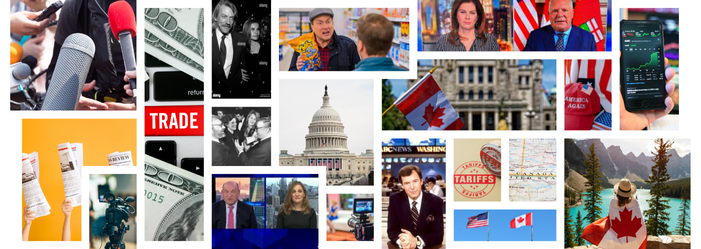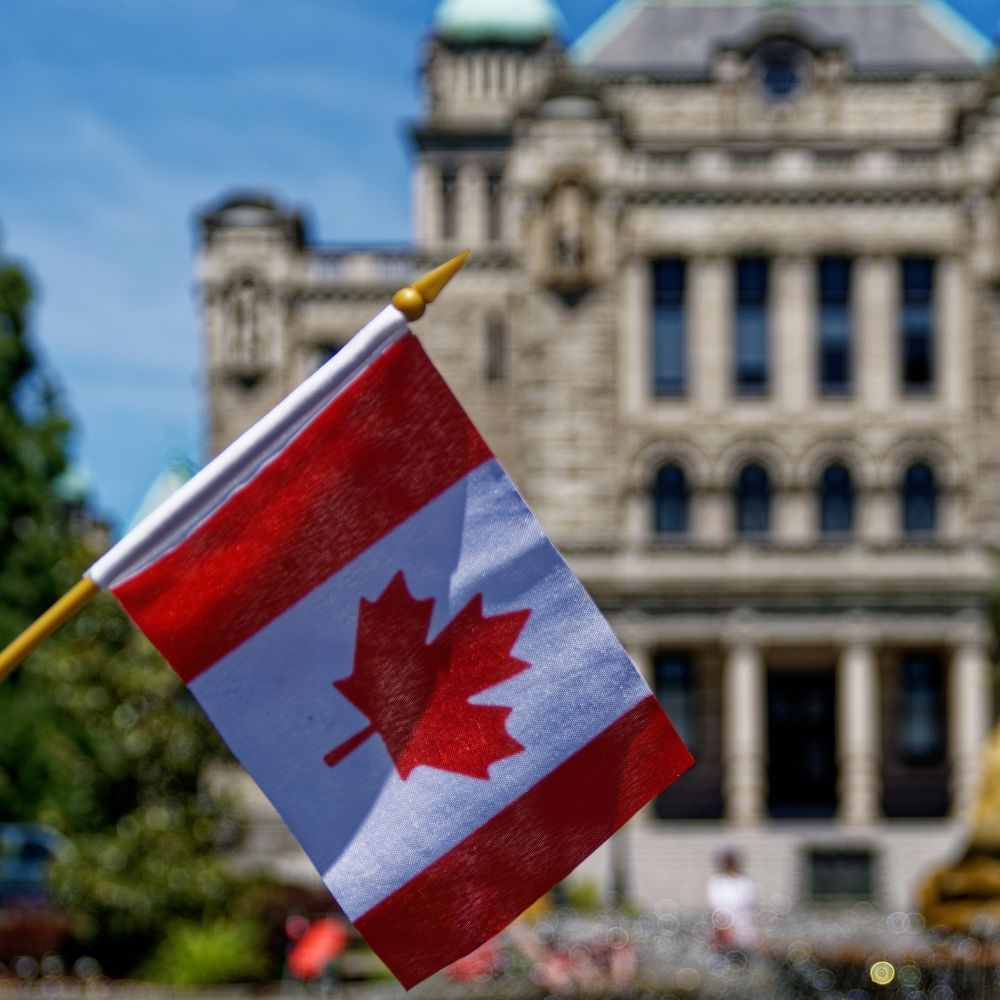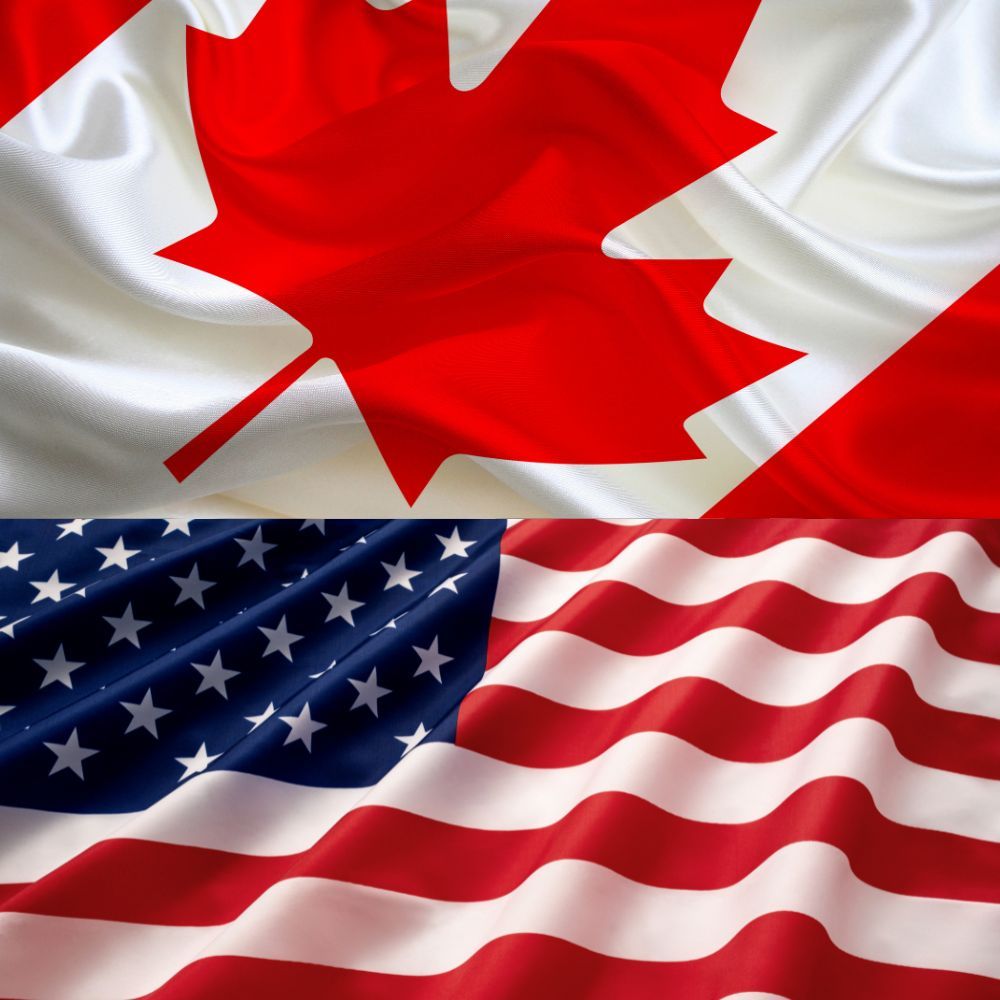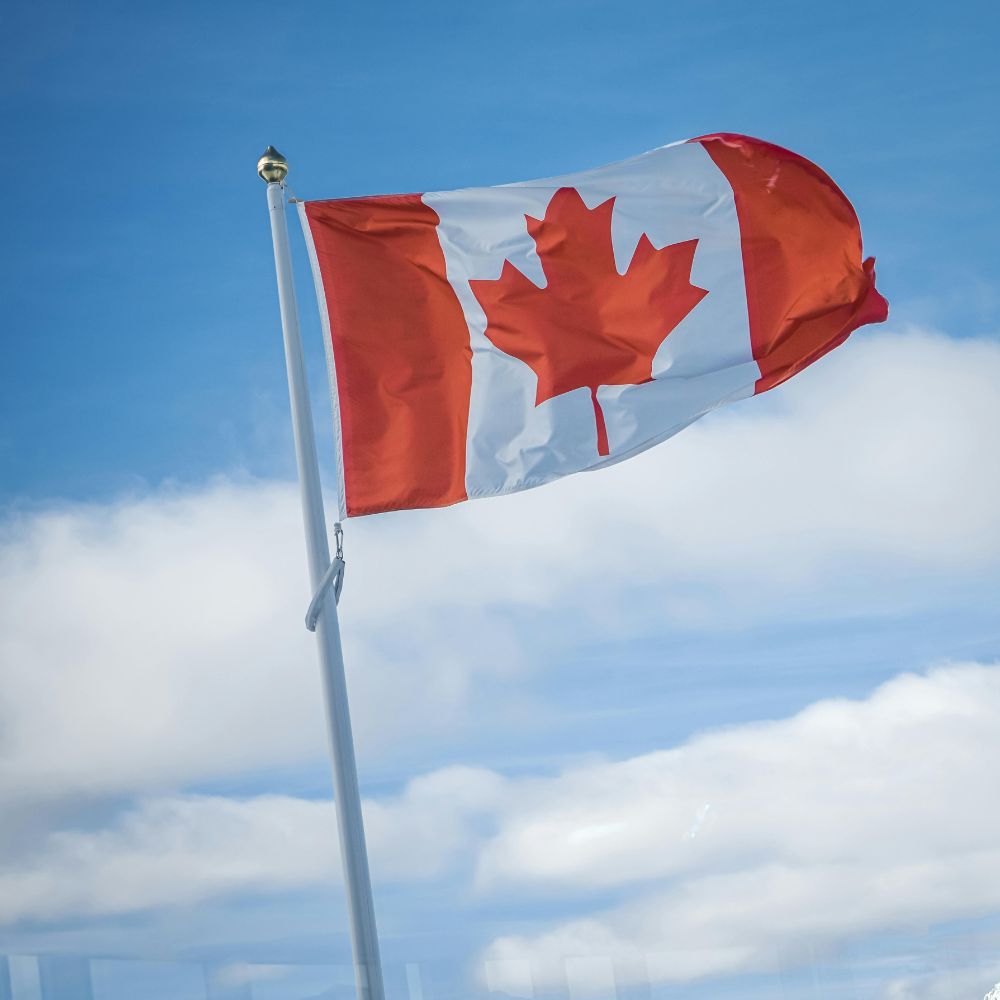How do we Ensure Canada is Important to Americans
I was Canada’s PR guy at our Washington Embassy during the Reagan years. In doing my rounds with media and influential think tanks, I soon realized the frightening lack of knowledge that even well-educated Americans had of Canada. We also knew that Canada was well behind countries like Sweden in profile in the capital of the world. Our ambassador - Alan Gotlieb - was determined to change that. Our first strategy for putting Canada on the map was to host parties at the Gotlieb residence which would be must-attends by the elite of Washington.

By having cool dinners honouring famous Canadians like the late Peter Jennings, Norman Jewison, and Donald Sutherland we attracted senior White House staff, Cabinet Secretaries and even members of Congress. I made sure the parties were covered in the social pages of the Washington Post and voila - we were the talk of the town. We were on the map and Gotlieb was soon writing op-eds in the Wall Street Journal.
It worked – a classic PR strategy of using celebrities to attract attention. It is amazing to me that classic media relations and marketing play almost no role in Canada’s need to reach the hearts and minds of Americans.
In this daunting situation of threatened Trump tariffs, this role is largely being fulfilled by the provinces and by the leading candidates to replace Trudeau. Ontario ads are ubiquitous on CNN, and Chrystia Freeland has had a good interview with Dana Bash on CNN as well as a strong interview on Bloomberg. Her views have appeared in the Wall Street Journal. Her rival candidate, Mark Carney, has been on late night TV, on FOX news and in the Economist. The Premier of Ontario, Doug Ford has done several US TV shows.
It's ironic that these players are reaching out to Americans and the active existing Liberal government under Justin Trudeau is not. Why is he not giving interviews to major US media and making better use of his social media outlets? Why is the government not investing in hard-hitting factual TV ads about the integrated North American manufacturing and energy sectors and the value of the two-way trade? And the fact, much promoted by Melanie Joly, Minister of Foreign Affairs that tariffs mean higher prices for US consumers when Trump promised to reduce them.
This pitch should be garnering widespread US media coverage.
The Trump gang pays far more attention to public opinion than in what the established business elites, or even Democrats think of the new regime. We could make a determined effort to influence it.
But we need to speak in one voice to Americans. Regional self- interests, especially from Alberta, cloud our messaging. Most Canadians know that the only way to impress a bully like Trump is to show strength. Slowly the gang of provinces and the federal government are buying this playbook.
Canadians are coming together with new nationalistic fervour to fight the threat of Trump wanting to make us the 51st state. This has produced an impressive and reassuring rise in patriotic sentiment everywhere. If only the US media could be convinced to pay attention to this growing movement among us normally calm restrained citizens. Again, a classic PR challenge which could be tackled and easily achieved. The New York Times has staff here, who have already covered our plans to tackle the fentanyl crisis.
Making fun of this unCanadian phenomenon which manifests itself in a “buy Canadian” movement has produced some hilarious comedy. A recent This Hour has 22 Minutes skit sees Mark Critch abusing a shopper for nor buying Canadian ketchup even cheezies. “We are in a trade war” you traitor!
The humour in the 51 st state scenario was well exploited by US late night talk show host Jimmy Kimmel: “But let’s just imagine for a second that somehow… (that) Canada does become a state. Do they think it would be a red state? There are forty-one million people living in Canada. They’re about the same number we have in California. California has fifty-four electoral votes. If Canada also had fifty-four electoral votes, forget MAGA — our next president will be a kindhearted lesbian moose. “I’m trying to say, I’m for it. Save us, Canada — you’re our only hope.” Obviously,
he sees a residue of pro-Canadian sentiment in America. We should be exploiting it!
Patrick Gossage Insider Political Views




